
I’m going to clear the air about Cannabidiol, commonly known as CBD, and its origins from the bountiful hemp plant. Imagine if you will, a compound that’s been part of the wellness conversation for some time now, yet not everyone is well-versed in its pedigree.
CBD is one of over a hundred cannabinoids found in the Cannabis sativa plant, with hemp being its non-psychoactive family member. Unlike its infamous relative THC, CBD won’t get you high, making it the star of the show in the conversation about natural health aids.
Now, how is CBD harvested from the hemp plant? It starts with the extraction process, where the goal is to retain the purity and potency of CBD while stripping away unwanted compounds.
This careful extraction ensures that the final product, be it oil, tincture, or edible, upholds the highest standards of quality and safety. The extracted CBD is often subject to rigorous testing, verifying its concentration and confirming the absence of psychoactive THC above the legal threshold.
Why does this matter? Because the legality and acceptance of hemp-derived CBD largely rely on its safe profile and non-intoxicating properties. Federally, CBD from hemp with no more than 0.3% THC is legal in the United States, hence opting for reputable sources is paramount. In my opinion, you should always scrutinize lab reports and brand credibility to ensure compliance with laws and safety regulations.
In anticipation of your next question, yes, CBD is different from THC not just chemically but also in its interplay with the body’s inner systems, which we’re going to explore. That difference is the crux of why CBD has been gaining traction in wellness circles and among those seeking holistic health solutions.
CBD and the Human Orchestra: Harmonizing with the Endocannabinoid System
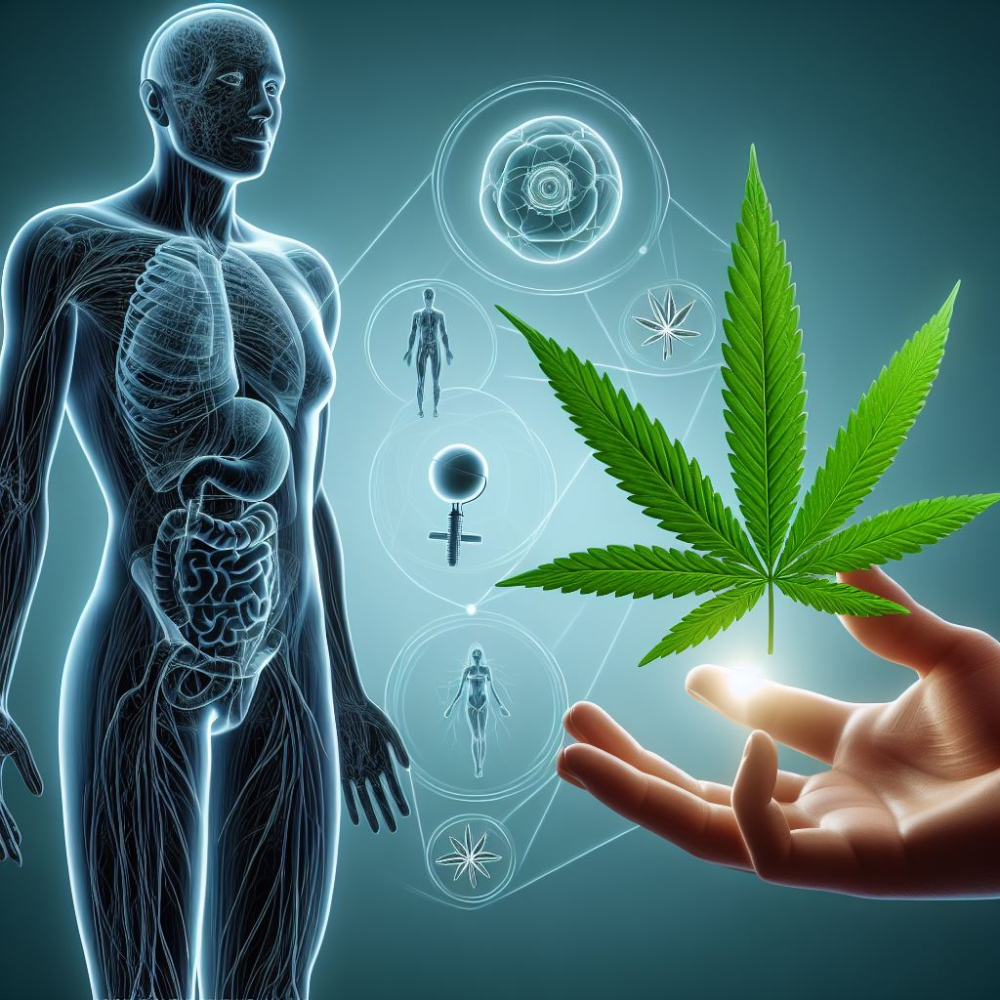
Imagine your body as a finely tuned orchestra, with each instrument playing its part to create a harmonious symphony. That’s where the endocannabinoid system (ECS) steps in, orchestrating the delicate balance of your body’s functions. This complex network of receptors is quite the maestro, regulating everything from mood to appetite, and even pain sensation.
Now, when CBD enters the scene, it’s like a guest soloist joining the ensemble. CBD interacts with this system by not binding directly to the main receptors, CB1 and CB2, like its relative THC does. Instead, it nudges the ECS to produce more of its own cannabinoids and slows their breakdown. It’s as if CBD encourages the body’s instruments to play louder and last longer, enhancing the overall performance.

This intricate dance between CBD and the ECS is key to understanding its potential as a holistic aid in managing pain, a common maestro of anxiety. Pain can disrupt the harmony of the body, echoing through every aspect of life. By modulating the ECS, CBD helps maintain the symphony, addressing both the physical discomfort and its emotional ripples—essentially hitting two birds with one stone.
The discussion on CBD’s efficacy leads us to a wealth of clinical studies and testimonies that share a consistent tune: many find cannabidiol effective in dulling the sharp notes of pain and calming the dissonance of anxiety. It’s this ability to enhance inner balance without intoxication—since it doesn’t bind directly to the brain’s receptors—that cements CBD’s role in wellbeing.
While the research continues to expand, some melodies are clear. By now, you’re likely intrigued by how an ancient plant extract has performed a modern encore as a beacon of relief. As you are going to find out next about the rich tapestry of CBD’s history, we’ll peep through the curtains into time-honored traditions that have laid the foundation for utilizing CBD in modern therapeutic practices.
You can read more about the benefits of using CBD for pain and anxiety by clicking here.
Revisiting History: CBD’s Role in Ancient Remedies
Long before the term ‘endocannabinoid system’ entered the lexicon of modern science, CBD had a place in the medicinal practices of ancient civilizations. In India, the ancient healing tradition of Ayurveda often utilized cannabis-based concoctions.
These remedies aimed to balance the three doshas \’ Vata\’, \’Pitta\’, and \’Kapha\’, akin to balancing our modern understanding of physiological systems. They appreciated cannabis for its calming and soothing properties, using it to aid sleep, relieve pain, and diminish anxiety.
Over in Asia, particularly in China, emperors, and common folk alike turned to cannabis and CBD-rich formulations to achieve harmony within the body. It was a feature in the medicinal arsenal for treating ailments such as malaria, constipation, and even absent-mindedness.

The principle of yin and yang \’balance\’ runs parallel to CBD’s role in modulating bodily functions. Yet, these were not mere folkloric practices; they were detailed in texts like \’The Ebers Papyrus\’, documenting medicinal knowledge dating back to 1500 BCE.
These ancient applications have paved the way for our contemporary framing of CBD as a component of holistic health. The narrative has shifted, but the ethos remains: CBD is seen as a means to promote wellness, connected to traditions that perceive health as an integration of body and mind. The key difference now is that we can point to the endocannabinoid system as a potential mediator of the health benefits that our ancestors sought through CBD use.
The inclusion of CBD in such a wide array of remedies indicates a long-standing belief in its medicinal value. It’s no longer simply folklore; recent studies have begun to back up these ancient practices with evidence of CBD’s therapeutic effects.
In acknowledging CBD’s place in the historical context, it becomes easier to appreciate its potential in contemporary medicine, fostering a deeper appreciation for an ancient ally in a new age of holistic health.
Pearls of Wellness: Embracing CBD with an Informed Approach
I’m going to wrap this up with a heartfelt reminder: your health isn’t something to take lightly. It’s vital to tread carefully on your wellness journey, especially when integrating something like CBD into your health regimen. Consult with healthcare professionals before turning to CBD, particularly if you’re dealing with health issues that demand expertise.
Navigating the world of CBD can be as fascinating as it is complex. You’re going to find a myriad of brands and products but remember, not all are created equal. Research is your best friend here. Look for reputable sources, read studies and reviews, and prioritize quality over savvy marketing promises.
This isn’t just about being cautious; it’s about being smart and proactive for your own well-being. Self-diagnosis can be incredibly risky. I’ve seen enough case studies to know that what works for one person might not for another, and assumptions without proper medical guidance can lead to severe complications.
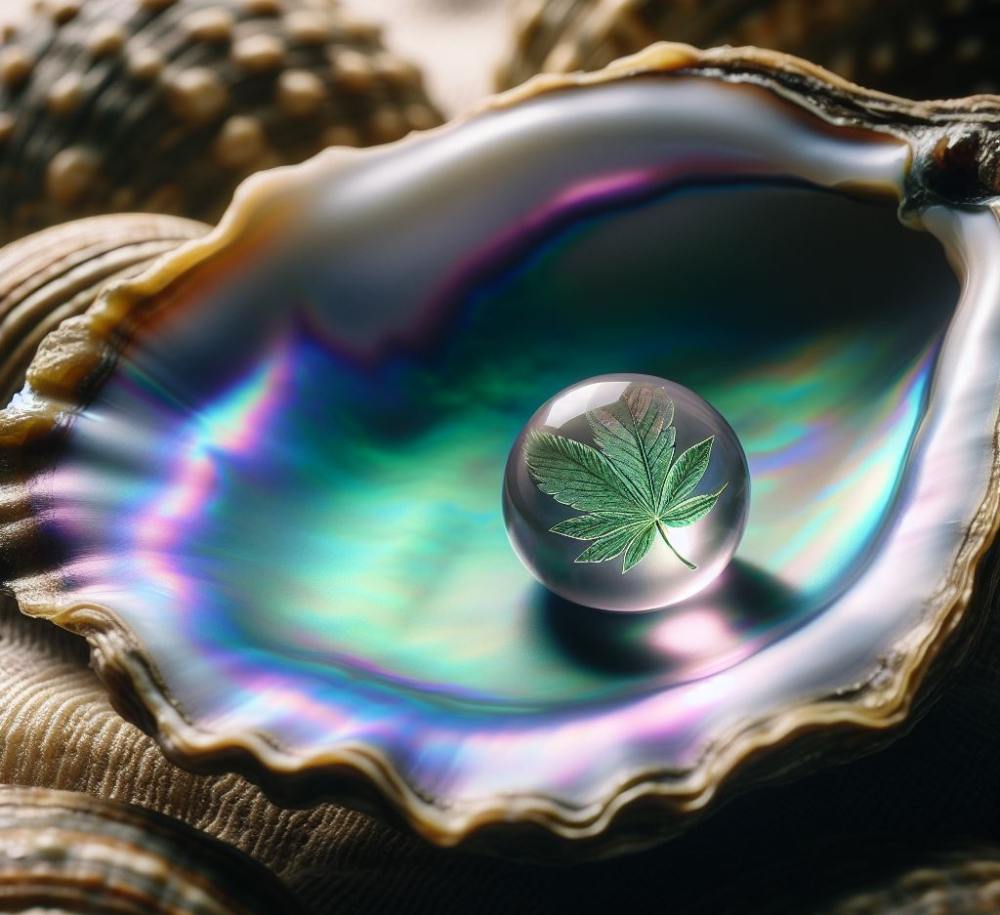
For many, CBD has emerged as the pearl in the oyster — not necessarily a universal remedy but a prized possession for its potential benefits. It’s a component of their wellness toolkit, valued for its holistic contribution to managing pain and anxiety, two silent predators of peace in our fast-paced world.
While I encourage the exploration of CBD’s benefits, I urge you to do so with patience and prudence. The ongoing journey of CBD research is carving out an innovative path in the realm of natural health solutions.
Your first step should be to arm yourself with knowledge and keep an ear to the ground for the latest scientific breakthroughs. If you have existing medical conditions, please consult your physician, and do not replace your prescribed medication with CBD unless directed to do so!
Let’s take our journey the right way. I hope you have found my article to be helpful. Happy CBD shopping!
Stacie Fortson, GGWHSF CBD Reviews
Resources:
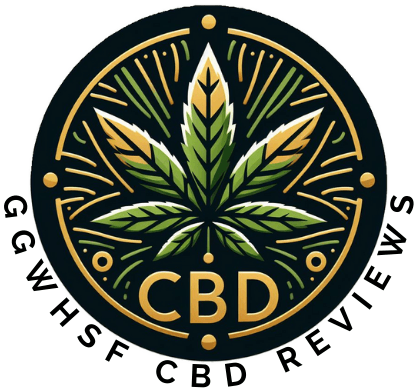

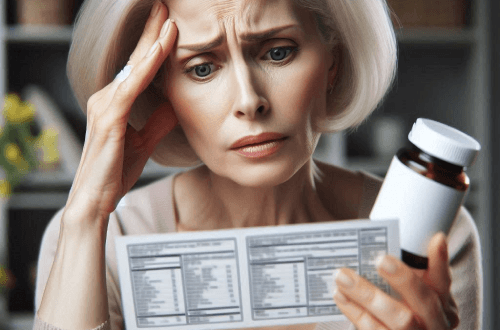
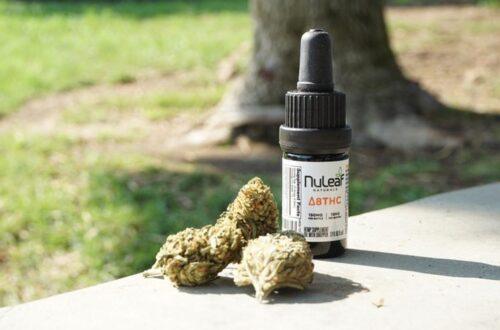

8 Comments
Makhsud
Hi Stacie,
I just read your comprehensive article on how CBD interacts with the endocannabinoid system and wanted to express my gratitude for the clarity you’ve provided on this subject. Your analogy of the human body as an orchestra and CBD as a guest soloist beautifully illustrates the synergistic relationship between CBD and the ECS. It’s fascinating to learn how CBD enhances the body’s own cannabinoid production and slows their breakdown, rather than directly binding to the receptors like THC. This nuanced interaction offers a holistic approach to managing pain and anxiety without intoxication, which is a game-changer for many.
I’m curious about the extent of current research on CBD’s long-term effects on the ECS. Are there any notable studies or clinical trials that shed light on how prolonged CBD use may affect the body’s natural cannabinoid production or overall ECS function?
Thank you for your work and for sharing this insightful piece.
Warm regards
Max
admin
Makhsud,
I appreciate you visiting and reading my article on How Does CBD Interact With The Endocannabinoid System. CBD is a game changer in the holistic approach to managing pain and anxiety.
There have been quite a few studies over the years. There is this one that is on CBD being effective in the treatment of substance abuse.
And my favorite finding about the ECS is this:
The Bottom Line
“The ECS plays a big role in keeping your internal processes stable. But there’s still a lot we don’t know about it. As experts develop a better understanding of the ECS, it could eventually hold the key to treating several conditions.”
I hope I have answered your question.
Happy CBD shopping!
Stacie Fortson, GGWHSF CBD Reviews
Ashley
Thank you for this insightful article on CBD and its historical and contemporary significance in holistic health. I found the comparison of the endocannabinoid system to an orchestra particularly illuminating. However, I’m curious about the potential environmental impacts of CBD production from hemp plants. Are there sustainable practices being implemented in the industry to minimize ecological footprints?
admin
Ashley,
I am very pleased that you enjoyed my article on How Does CBD Interact With The Endocannabinoid System. I a free it is illuminating how CBD interacts with the ECS.
The environmental impacts of CBD and other cannabis products may actually surprise you. It is so very beneficial to grow all cannabis, but Industrial Hemp should be grown worldwide with no regulations! You can read any of my articles on how Industrial Hemp could help save the planet on Go Green With HempSF, one in particular that you may find interesting is https://gogreenwithhempsf.com/… I think you will find this a most interesting and compelling read.
Thanks for reading my article and joining in on the conversation!
Stacie Fortson, GGWHSF CBD Reviews
Matt
I appreciate the clear and accessible explanations of CBD, its non-psychoactive nature, and its potential benefits for managing pain and anxiety. The article’s coverage of CBD’s historical uses and its emphasis on the importance of product quality and safety resonated with me.
What specific dosage guidelines or recommendations should individuals follow when incorporating CBD into their wellness regimen, especially considering factors such as body weight, metabolism, and the severity of the condition being treated?
admin
Matt,
I am very pleased that the article hit home with you on the importance of product quality and safety. This is a very important aspect that I feel is overlooked with many medications on the market.
Regarding what specific dose I would recommend for any person taking CBD, start with a low dose and work your way up to your desired dosage. Cannabis products affect each person differently, so each individual must experiment with the doses to get to the correct one, which is why I always recommend starting low.
One great thing about CBD is there is no high to worry about. So if you take a large dose, you will not feel like the room is spinning or that you are out of control.
Happy CBD shopping I wish you all the best in your CBD venture.
Stacie Fortson, GGWHSF CBD Reviews
LineCowley
I love your analogy that the human body is an orchestra, with CBD like a guest soloist that joins. It makes it much easier to understand the intricate way in which CBD interacts with the Endocannabinoid System. It is interesting that THC reacts with different receptors than CBD. But what are the receptors for CBD? Is there just one, or several, depending on what CBD is used for?
What is the most effective way of taking CBD? Through oral means, or rather creams and ointments that are applied locally? Thank you.
admin
LineCowley,
I am so glad you stopped by and super happy that you enjoyed my review How Does CBD Interact With The Endocannabinoid System.
To answer your question, ‘But what are the receptors for CBD?’ There are two known subtypes of cannabinoid receptors, termed CB1 and CB2. The CB1receptor is expressed mainly in the brain (central nervous system or “CNS”), but also in the lungs, liver, and kidneys. The CB2 receptor is expressed mainly in the immune system, in hematopoietic cells, and parts of the brain. Wikipedia
And the best way to take CBD depends on your needs. If your pain is deep-rooted, I would suggest using an oral form, start with a low dose, and work your way up.
If your pain feels less deep, and you decide that it is more of a strained muscle, you may find a topical to be the perfect fix. I use them in combination depending on the severity of the pain. I hope this is helpful.
Happy CBD shopping!
Stacie Fortson, GGWHSF CBD Reviews